In the Summer of 2023, the popular seafood restaurant chain Red Lobster added $20 endless shrimp as a menu item permanently after several limited-time offers for the last 20 years.
The reason for this change came down to Red Lobster’s largest shareholder Thai Union who is a canned seafood company based in Bangkok.
The Genesis of the Promotion

Thai Union saw the promotion as a way in which they were able to shift the masses of shrimp they were catching and create a demand for the everyday item.
Thai Union became the majority investor in Red Lobster in 2020. Their portfolio includes popular businesses such as Chicken of the Sea, John West, and Ayam Brand.
A Costly Change
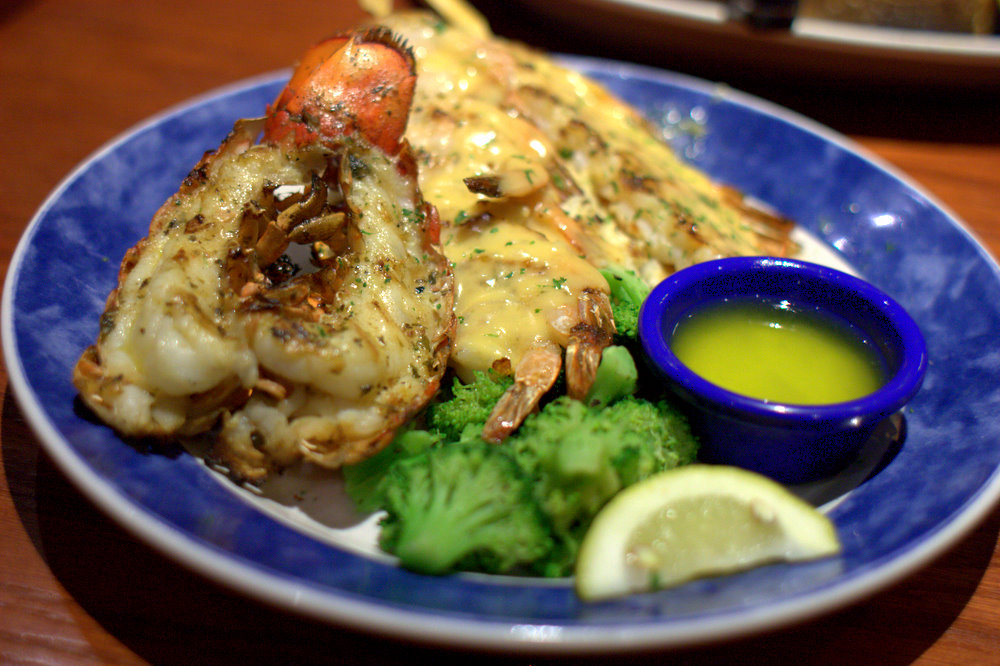
The shift in marketing strategy has cost Red Lobster $11 million. This costly change meant that Red Lobster filed for bankruptcy on Sunday, May 19th.
The filing for bankruptcy gave an insight into how Thai Union played a role in how the endless shrimp promotion came about.
Internal Disagreement
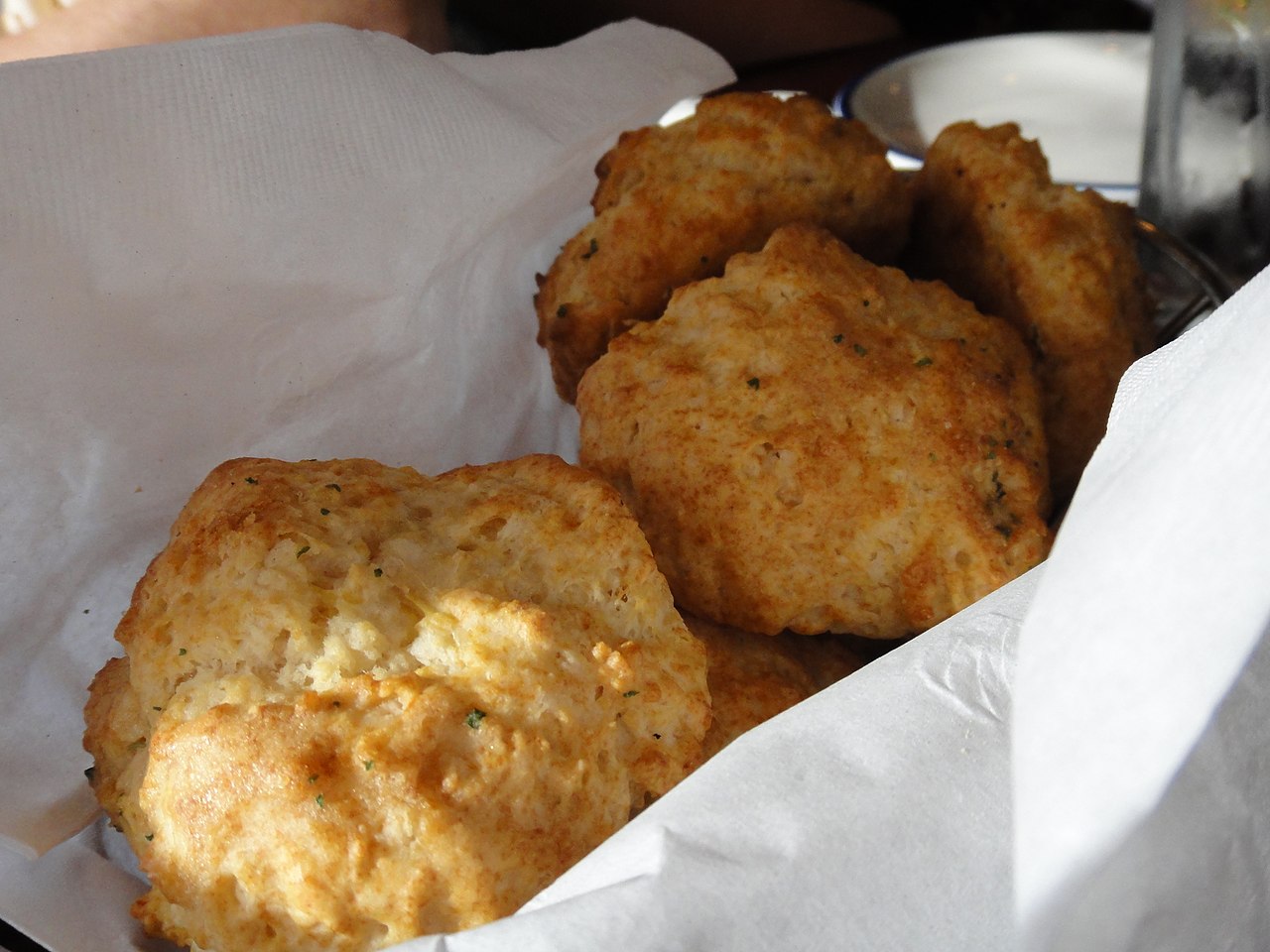
Following the revelation of bankruptcy, Red Lobster claims it is investigating how the promotion came to be as their management opposed the idea.
As Thai Union became the major shareholder in Red Lobster they appointed a CEO under their advice and got rid of two of their breaded shrimp suppliers leaving Thai Union with exclusive access to the chain.
Increased Costs
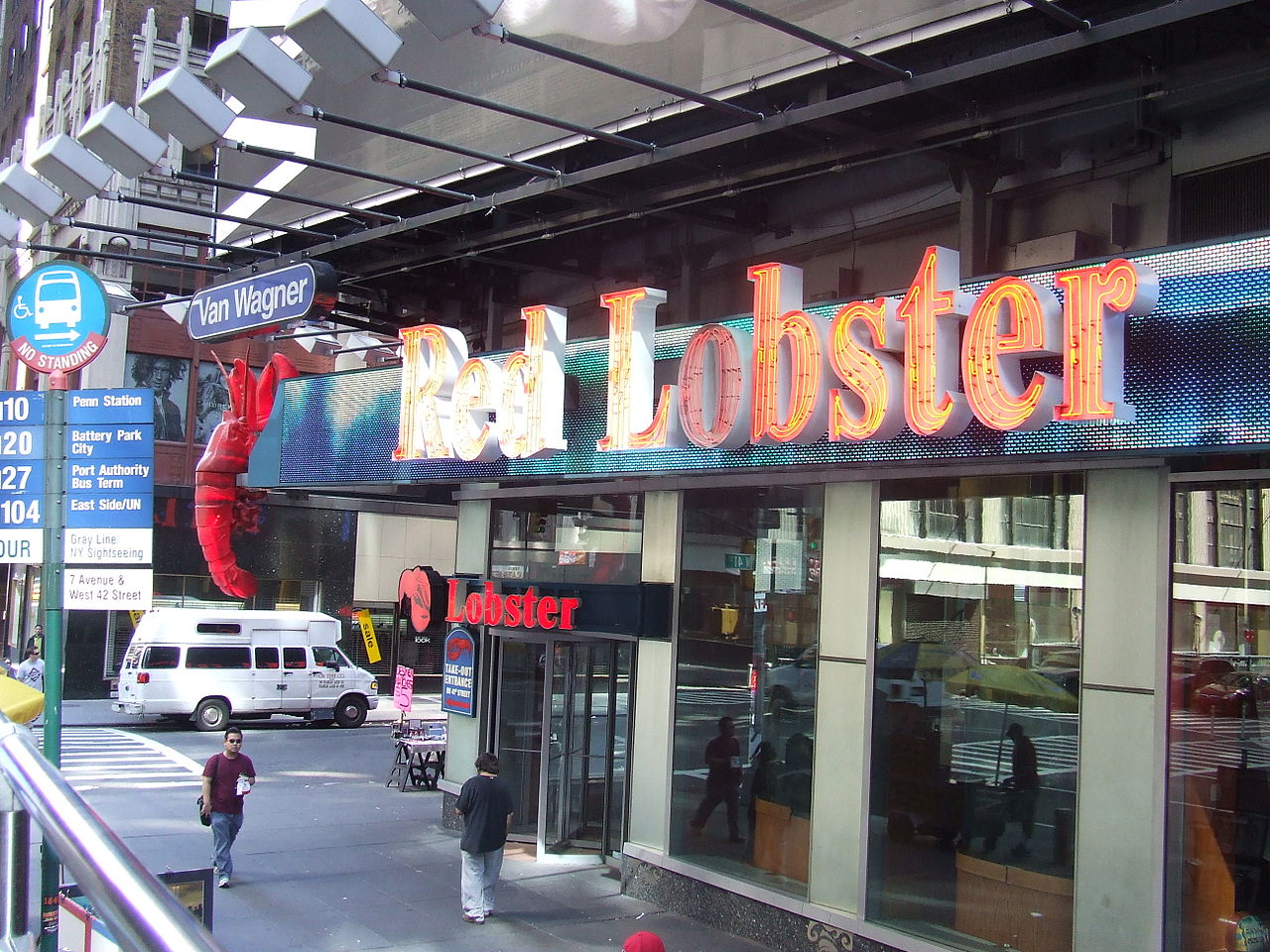
The decision to eliminate two of their breaded shrimp suppliers resulted in higher costs for Red Lobster and was not aligned with how the company usually makes decisions on picking their suppliers.
According to the bankruptcy filing, Red Lobster claimed that the decision “created both operational and financial issues for [Red Lobster]… saddling the company with burdensome supply obligations” to Thai Union.
Reasons for Bankruptcy
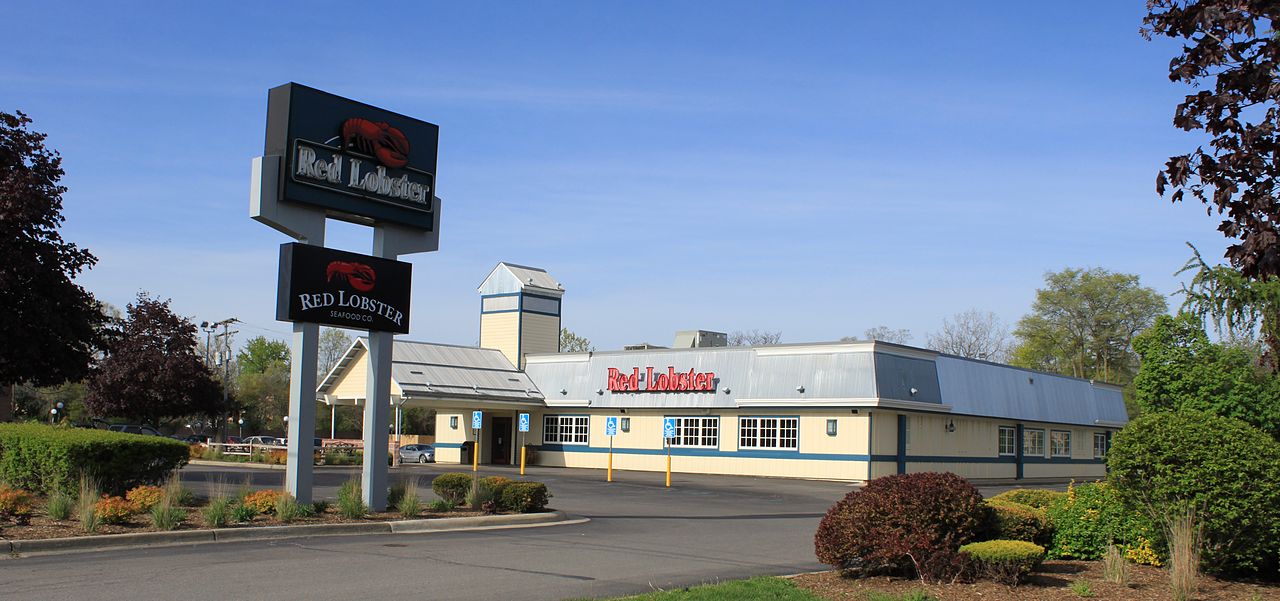
It wasn’t just the endless shrimp debacle which spelled the downfall of Red Lobster. Former leaders claim that handoffs between a range of investors and corporate entities along with the mismanagement of Thai Union.
In the bankruptcy filing Red Lobster claims that “certain operational decisions by former management have harmed [Red Lobster’s] financial situation in recent years”.
Not Keeping Up with the Competitors
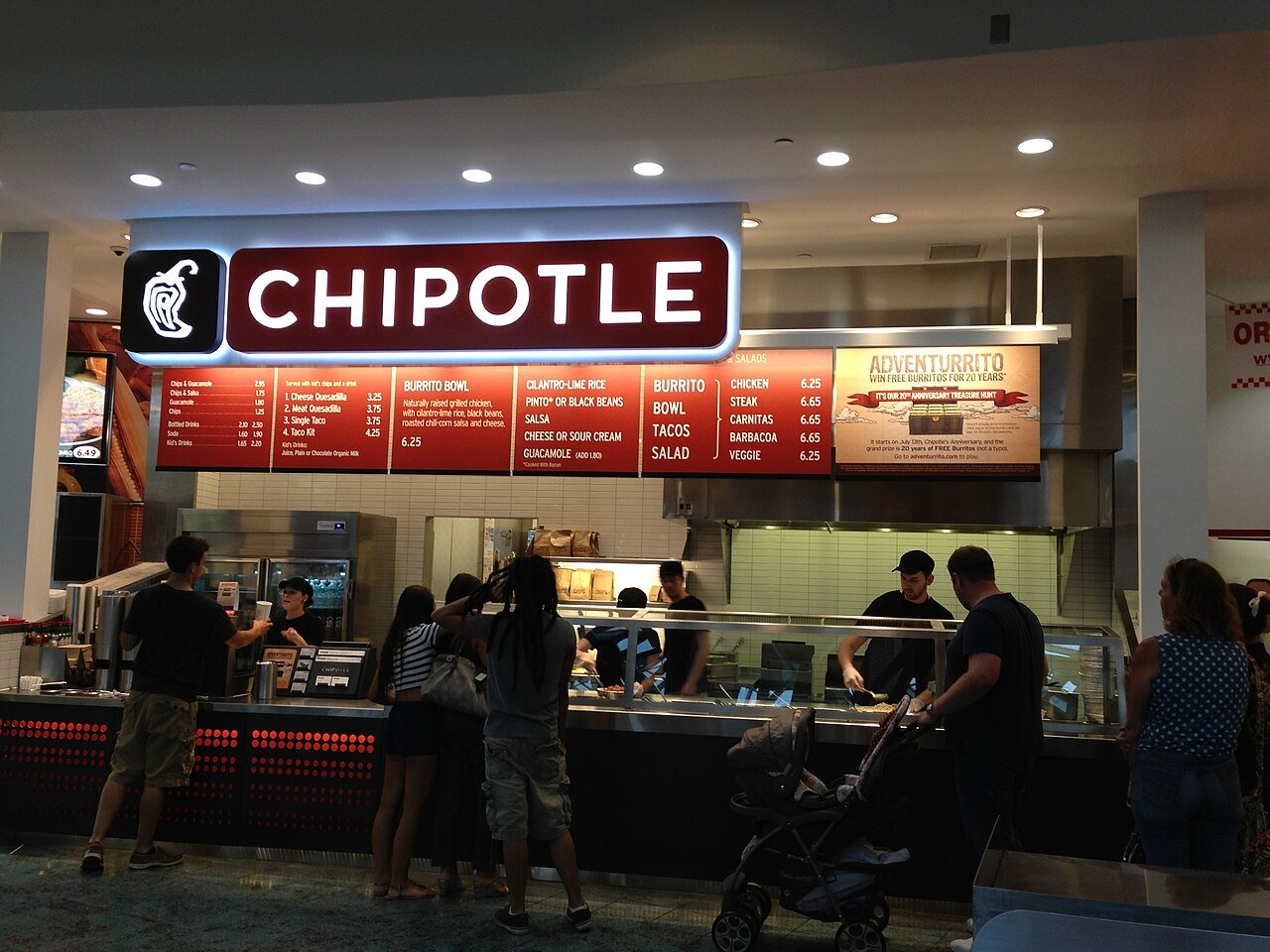
Fast casual restaurants have experienced a boom in the past 20 years with competitors such as Chipotle and Chick-fil-A overtaking Red Lobster’s market share.
The lack of investment in marketing, food quality, restaurant upgrades, and service has meant that Red Lobster has been unable to expand its market share to younger generations of consumers.
Origins of Red Lobster

First opened in 1968 in Florida, Red Lobster was a novelty at the time as casual dining was not the behemoth it is today.
The idea behind the brand came from the market gap perceived by restauranteurs Bill Darden and Charley Woodsby who wanted to bring seafood to those further from the ocean at a cheaper price point than fine-dining outlets.
General Mills Expanding the Brand

After just two years of operation, General Mills came to revolutionize the brand as Red Lobster spread across the South with a hefty increase in advertising.
General Mills’ portfolio included beloved household brands such as Wheaties, Cheerios, and Betty Crocker. Red Lobster presented the ideal opportunity for the company to enter the restaurant space.
A Maverick in the Industry
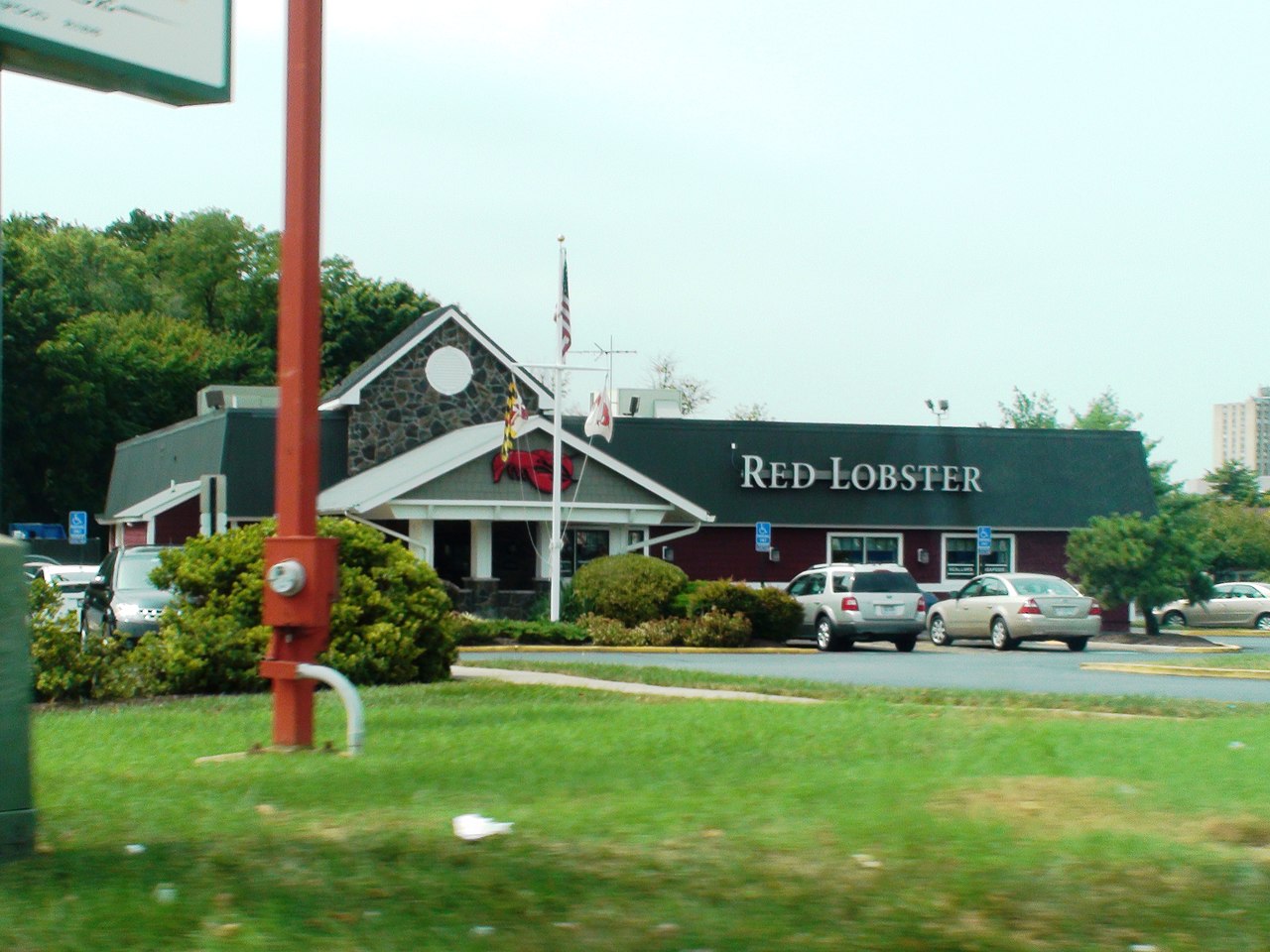
Red Lobster achieved many firsts under the helm of General Mills. They were the first casual dining establishment to have advertisements on network television.
The chain was also the first in the 1970s to develop a national distribution system for seafood. They were also quick to establish ‘signature items’ such as hush puppies.
An Impressive Expansion
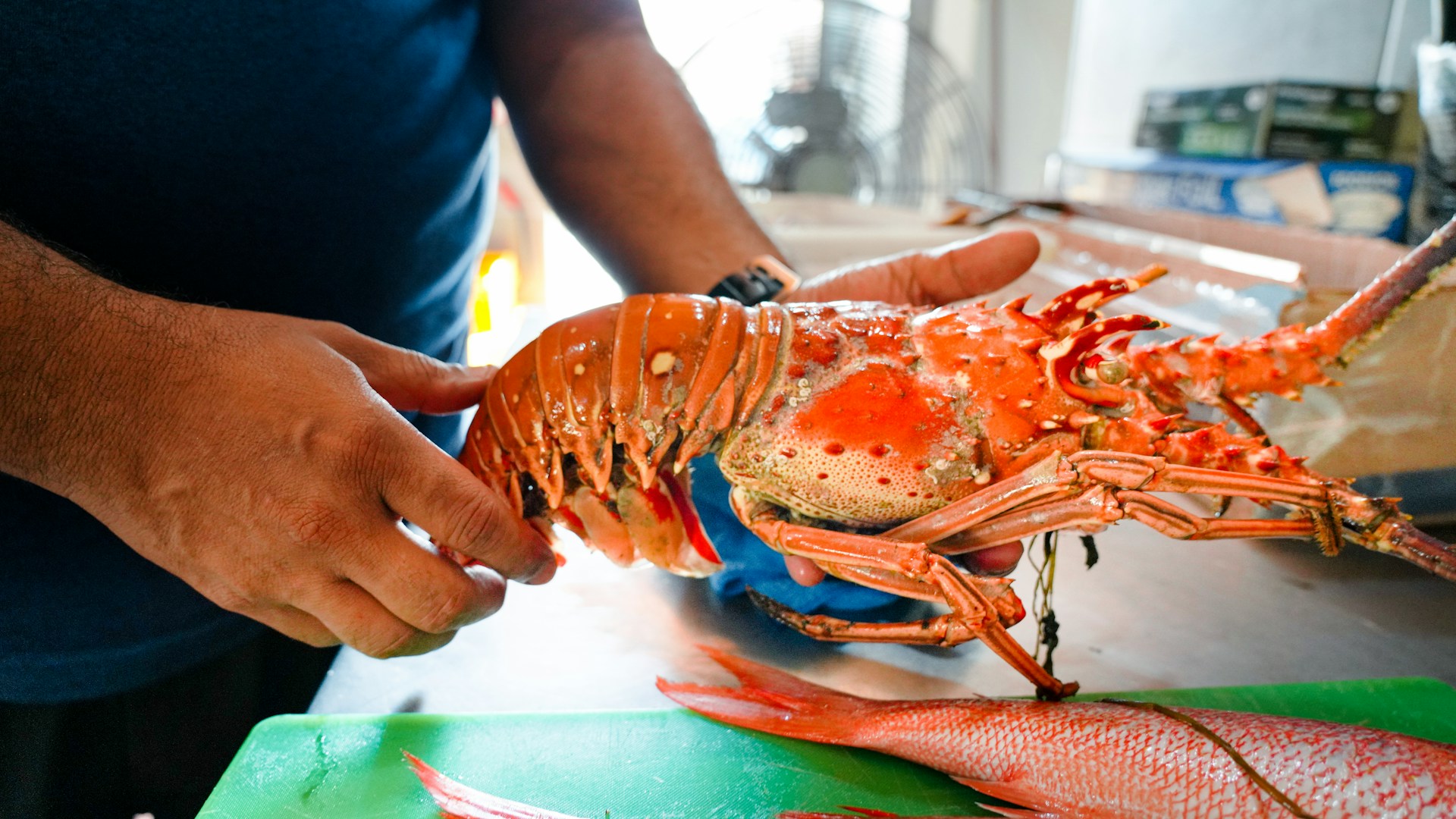
After only a decade of operation, Red Lobster had already established 236 restaurants across America with $291 million in sales.
By 1985 this had expanded to 372 restaurants nationwide and a massive jump in sales to $834 million expanding its market share.
Competition from Within

General Mills went on to create another popular chain, Olive Garden, which slowly overtook Red Lobster as a sales juggernaut by 2008.
Founder Darden went on to establish other high-performing chains under his restaurant division, Darden Restaurants, including Longhorn Steakhouse, Capital Grille, and Yard House.
The mismanagement of the Red Lobster brand led to bankruptcy for the chain which once proved to be a profitable institution that other casual dining establishments would be wise to take note of.
